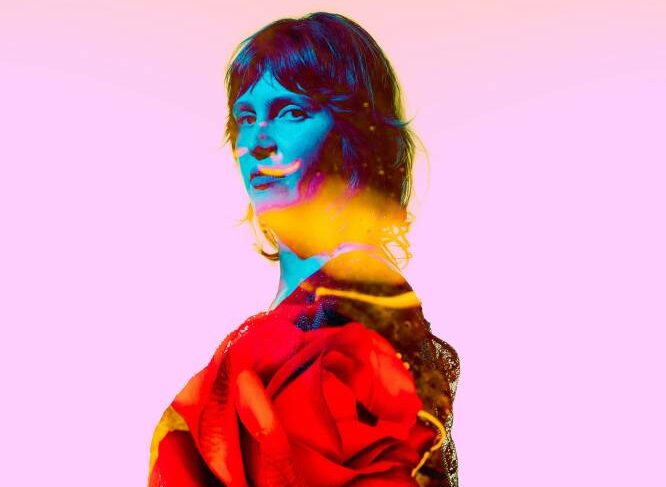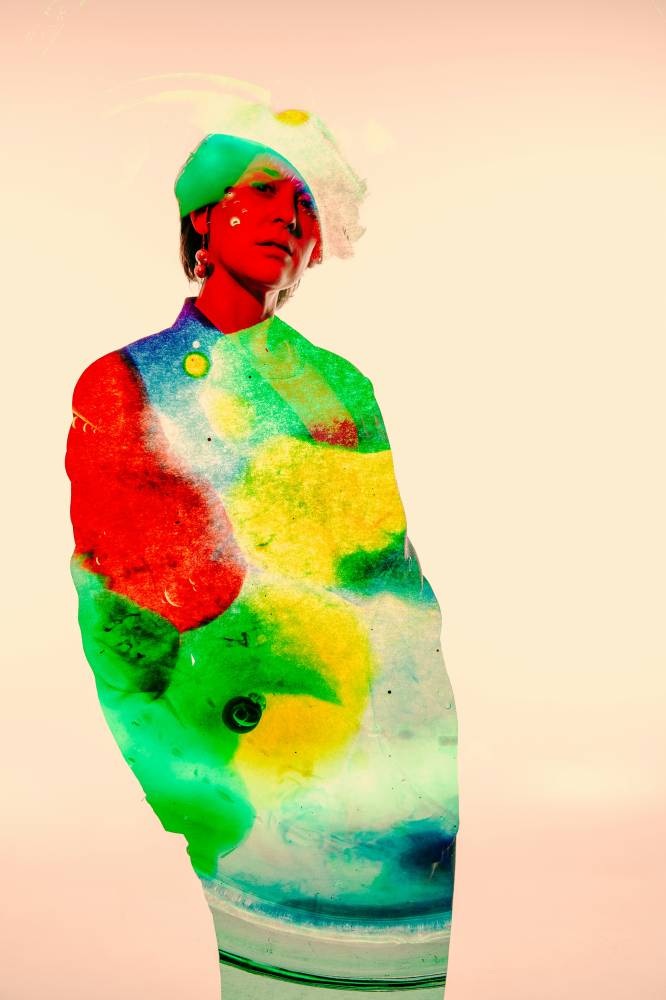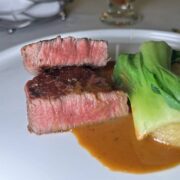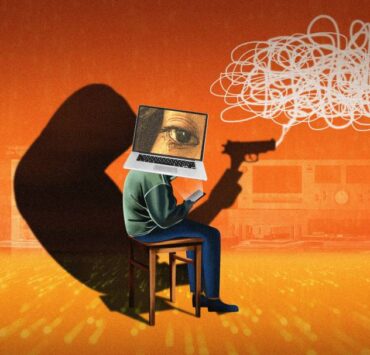The uneasy overlap between technology and taste

A few years ago, “AI in fashion” mostly meant chatbots recommending jeans and weirdly stiff CGI models walking imaginary runways. Now? An AI-generated dress can win a design competition. A brand can build a whole campaign around a prompt. And scrolling through Instagram, it is becoming harder to tell what is an archive Mugler reference and what is a Midjourney hallucination.
Fashion is having an identity moment—because for the first time, taste and technology are occupying the same room.

From sketching to typing
Fashion has always been about the future—but not this future.
We have survived the digital runway era, the NFT craze, the metaverse collections that were more “Sims expansion pack” than couture. But AI feels different. It is not just adding a filter–it is changing the author.
Designers used to sketch. Now they type. Moodboards used to be torn magazine pages. Now they are algorithmically-generated grids that do not really exist but sort of do.
The result: Fashion looks futuristic, but not always intentionally. There is a slight uncanny valley to it: too smooth, too symmetrical, too… obedient. The taste is still “human,” but the execution is increasingly not.
The new aesthetic? Pretty, perfect, and a little bit empty.
There is a reason AI fashion images go viral. They are mesmerizing. They exaggerate everything fashion already loves: silhouettes, fantasy, impossible fabrics, hyper-clean styling. No bad angles. No budget. No weight of reality.
But the perfection is exactly what makes it feel suspicious.
AI fashion looks like couture designed by someone who has never touched fabric—only seen it on the internet. It is “taste” built from scraping millions of images without understanding the energy behind them, which is why so many AI-generated designs feel familiar but not specific.
Beautiful but not personal. Basically, fashion without the friction.
But who really designed it?
Yes, designers are using AI—but quietly.
Let us be honest: a lot of creatives are already using AI tools. It comes down to 70 percent of the work being done by the creative, while 30 percent is AI-generated or assisted when it comes to the final product. For others, it is a shortcut to 100 variations in 30 seconds—something no team could physically do. It is efficient.
But here is where it gets tricky: If AI helps shape the design, who gets credit? If AI is trained on someone else’s work, is anything original? If a dress is “by” a designer but “generated” by a model trained on thousands of designers, who is the author?
Fashion has always borrowed, referenced, and remixed, but AI blurs the line between influence and appropriation. Suddenly, every designer is at risk of being moodboarded by a machine.
On the other hand, consumers are confused—and maybe a little too comfortable with AI. On TikTok, a dress can go viral before anyone realizes it does not exist. Brands are reposting AI clips as “concepts.” Influencers are styling AI outfits. People are buying clothes from ads that lead to nothing because the garment in the photo was not real.
Visual culture has gotten faster than consumer logic.
And the scariest part? People kind of… do not care. If it looks good, it looks good. The line between real and fake is starting to matter less than the aesthetic hit.
We are entering a world where taste is influenced by images of clothes that no one can actually wear.
So, where does this leave fashion?
AI will not replace designers—but it will change what good design looks like.
Sketching might become prompting. Moodboarding might become machine-generated. Runway concepts might be built in software before they ever reach a seamstress. And consumers may start expecting the impossible: silhouettes that defy physics, fabrics that behave like liquid chrome, no-wrinkle anything.
Fashion, long obsessed with fantasy, may finally get too much of it. Because the unease here is not about AI—it is about what we lose.
Human taste has always been messy, intuitive, emotional, and full of mistakes that become breakthroughs. AI taste is pattern recognition, masquerading as vision. It stimulates creativity without actually needing to feel anything.
And the overlap between the two can create magic—or flattening sameness.
Because if every brand uses the same tools trained on the same references, we may end up with a global aesthetic built by an echo chamber: everything gorgeous, nothing groundbreaking.
Because in the end, taste is not data. It is instinct. And no algorithm can fake that.

















